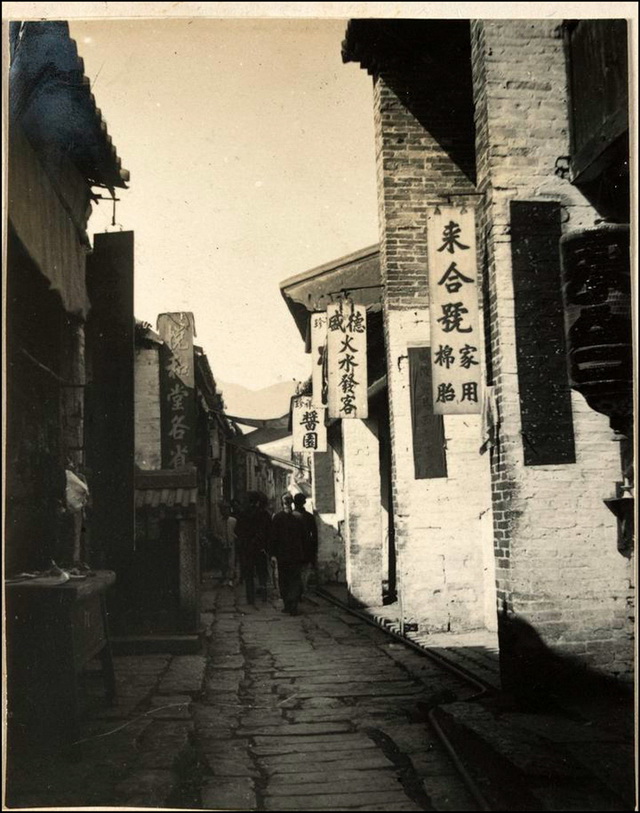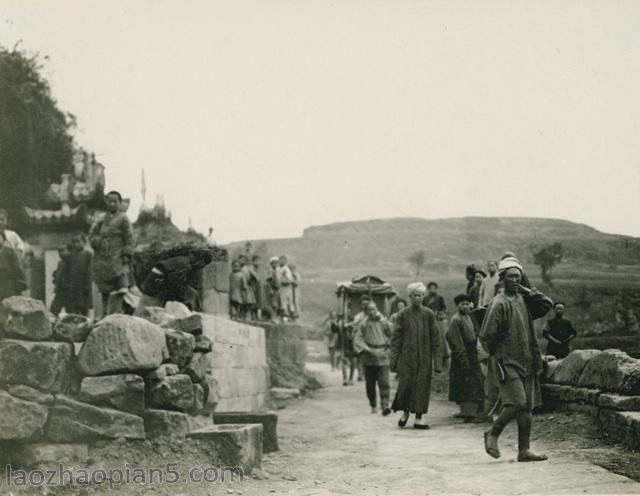[Emperor Kangxi’s Running Script Zhao Beikou Poem Axis]
Zhao Beikou Poem Axis, Qing Dynasty, Xuanye Book, paper and gold, running script, 135.5 cm vertically and 57.1 cm horizontally
Interpretation:
Zhao Beishi patrolled and Yan Nangu garrisoned. People smoke the morning market, and the bridge shadow ripples with clear clouds. Bathing birds welcome the boat out, and weeping willows divide the pool. The middle stream is clear and beautiful, and the flute and drum are rough and horizontal. By Zhao Beikou
Seal “Kangxi Chenhan”, “Jigu Youwen Seal” and “Yuan Jianzhai”. The collection is printed with “three collections of treasure”, “Shiqu treasure collection”, “Xuantong treasure of respecting relatives”, and “the seal of the Ministry of Education for verification”
This work is written by Xuanye himself and is entitled “Zhao Beikou”, which is contained in Volume VII of “The First Collection of Imperial Poems of the Emperor of the Qing Dynasty”. Zhaobeikou, also known as Tangxingkou and Zhaobaokou, is located 50 miles north of Renqiu County in Zhili (today’s Hebei Province), and is collected by the water of various lakes. There are old embankments and bridges connecting the north and the south, and the bridge is titled “Yannan Zhaobei”. Emperor Kangxi once visited Shuiwei in the middle of spring (February of the lunar calendar). When he went out to patrol the north entrance of Zhao, he saw a peaceful scene in the ancient town of Yannan, so he was moved and wrote this poem as a discipline. This calligraphy is exquisite and smooth, with full strokes and ink
Aixinjueluo Xuanye (1654-1722) is the third son of Emperor Shunzhi, Emperor Kangxi, the emperor of the Qing Dynasty. He received the systematic and strict enlightenment education of Chinese culture since childhood, and had a strong sense of identity with Chinese traditional culture. He not only vigorously advocated the Chinese culture, but also read poetry and books. He was eager to learn, and calligraphy was one of his important lessons. In his spare time, he often observed the ancient ink with his subordinates, exchanged calligraphy skills, and molded his feelings with calligraphy. Among the calligraphers of the past dynasties, Xuan Ye most admired Dong Qichang’s calligraphy, deliberately imitated it, and gradually became an excellent calligrapher of the Dong School, which directly influenced and led the trend of the calligraphy style at that time, making the calligraphy world of the early Qing Dynasty permeated with the charm of the Dong School
This work was once described in the “Three Collections of Shiqu Treasures” and checked by the Ministry of Education of the Republic of China Government. The treasure has been stored for nearly 300 years.
![图片[1]-Emperor Kangxi Xingshu Zhao Beikou Poetry Axis-China Archive](https://chinaarchive.net/Qing dynasty/model calligraphy/23628[1024].jpg)





![[Qing Dynasty] British female painter—Elizabeth Keith, using woodblock prints to record China from the late Qing Dynasty to the early Republic of China—1915-China Archive](https://chinaarchive.net/wp-content/uploads/2022/11/image-191x300.png)